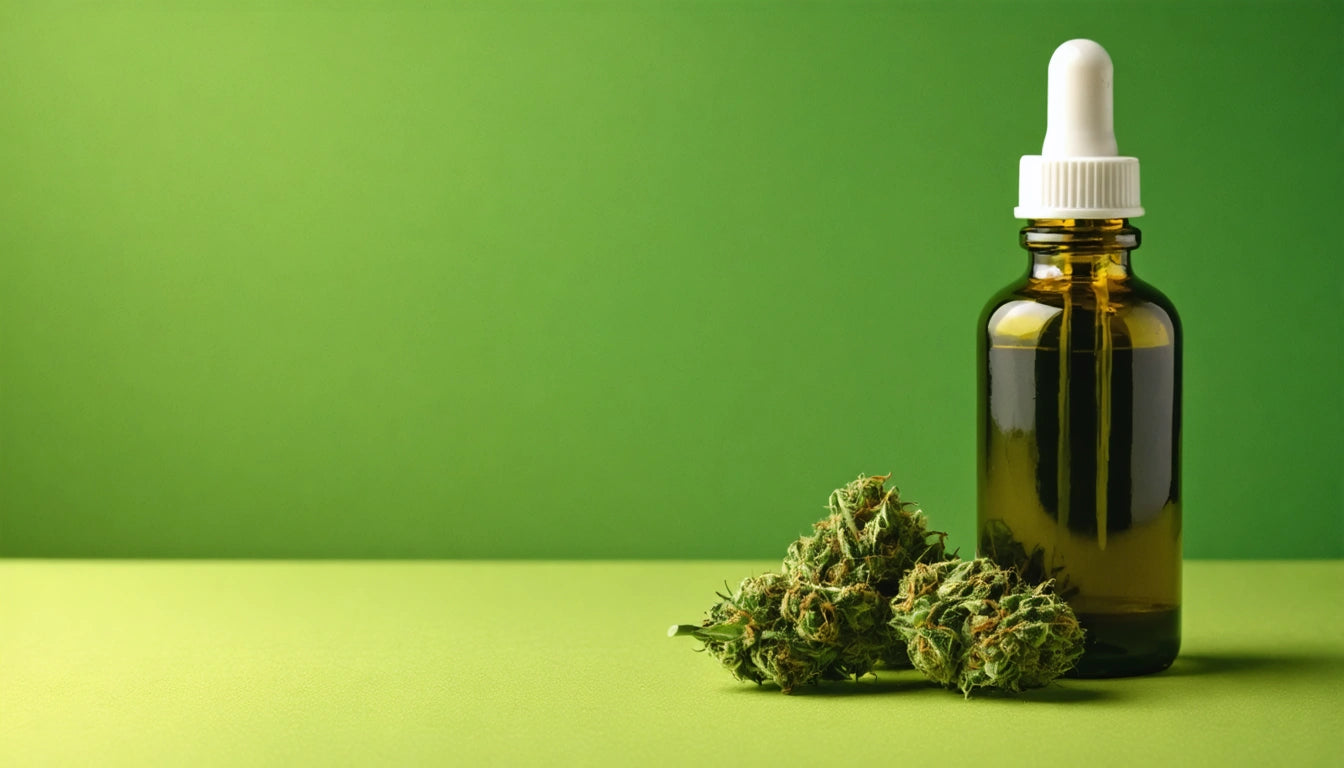Comprehensive Guide to Making and Using THC Oil
THC oil has become increasingly popular for its versatility and potency in cannabis consumption. Whether you're looking to create infused culinary creations or seeking alternative consumption methods, understanding how to properly make and use THC oil is essential for both safety and effectiveness.
Understanding THC Oil Basics
THC oil refers to any oil-based product infused with tetrahydrocannabinol (THC), the primary psychoactive compound in cannabis. The type of oil used and extraction method employed determine its applications, potency, and effects.
There are several distinct categories of THC oil:
- Cooking oils (olive, coconut, butter)
- Concentrated oils for vaping
- Tinctures for sublingual use
- Topical oils for external application
Each type requires specific preparation methods and serves different purposes in the cannabis consumption ecosystem.
Essential Equipment and Ingredients
Before learning how to make THC oil for cooking or vaping, gather these essential items:
For Cooking Oil
- Decarboxylated cannabis flower
- Base oil (coconut, olive, or butter)
- Cheesecloth or fine strainer
- Double-boiler or slow cooker
- Thermometer
- Storage containers
For Vape Oil
- Cannabis concentrate (shatter, wax, or distillate)
- Terpenes or liquidizer
- Precise scale
- Heat source
- Syringes for filling cartridges
- Quality cartridges and packaging
Proper equipment ensures both safety and quality in your final product. When storing your finished products, consider using high-quality mylar storage bags that help maintain freshness and prevent degradation of your cannabis products.
Making THC Cooking Oil
Learning how to make THC oil for baking and cooking is straightforward with the right approach:
Step 1: Decarboxylation
Preheat your oven to 240 °F (115 °C). Spread ground cannabis evenly on a baking sheet and bake for 30-40 minutes, stirring occasionally. This crucial step converts THCA into active THC.
Step 2: Infusion
Combine your decarboxylated cannabis with your chosen oil in a 1:1 ratio (1 cup oil to 1 cup ground cannabis) in a double-boiler or slow cooker. Heat at 160-180 °F (71-82 °C) for 2-3 hours, stirring occasionally. Never exceed 200 °F (93 °C) to prevent degradation of cannabinoids.
Step 3: Straining
Strain the mixture through cheesecloth or a fine mesh strainer to remove plant material. Press gently to extract all oil without pushing plant matter through.
For detailed instructions on infusion techniques, check out our guide on making cannabis-infused cooking oil.
Creating THC Vape Oil
Learning how to make THC vape oil requires more precision and care:
Method 1: Using Concentrates
Mix cannabis concentrate with specific terpenes or liquidizers designed for vaping. The typical ratio is 1 gram of concentrate to 0.5ml of liquidizer. Heat gently until fully incorporated.
Method 2: Winterization
For a purer product, dissolve concentrate in high-proof alcohol, freeze overnight, filter out waxes, then safely evaporate the alcohol. This creates a cleaner vaping experience.
Remember that making vape products requires precise measurements and quality ingredients to ensure safety. For comprehensive extraction methods, our guide on THC concentrates provides valuable insights.
Application Methods and Dosing
THC oil can be used in various ways:
Culinary Applications
When learning how to make THC oil for cooking, remember that infused oils can be used in virtually any recipe that calls for oil. Start with small amounts (1/2 to 1 teaspoon) and adjust based on potency and tolerance.
Vaping
THC vape oil is consumed using compatible vaporizer devices. Begin with small puffs and wait 5-10 minutes between inhalations to gauge effects.
Topical Application
For those wondering how to apply THC oil topically, simply massage a small amount into the skin at the target area. Effects are localized and typically non-intoxicating.
Sublingual
Place a few drops under the tongue and hold for 60-90 seconds before swallowing for faster absorption compared to edibles.
For comprehensive guidance on creating edibles with your infused oil, our guide to THC-infused edibles offers detailed instructions.
Storage and Shelf Life
Proper storage extends the life of your THC oil:
- Store cooking oils in airtight, dark glass containers in a cool, dark place
- Refrigerate for extended shelf life (up to 2-3 months)
- Freeze for even longer storage (6+ months)
- Keep vape oils in cool, dark places away from direct sunlight
- Label all products with date of creation and approximate potency
Best Practices for Safe Consumption
Safety should always be your priority when making and using THC oil:
- Start with low doses and increase gradually
- Wait at least 2 hours before consuming more edible oil
- Use proper ventilation when making concentrates
- Never use alcohol-based extractions near open flames
- Keep all products clearly labeled and away from children
- Be aware of local laws regarding cannabis concentrates
For beginners, we recommend starting with simple infusions as outlined in our comprehensive guide to cannabis-infused oil.
By following these guidelines, you can safely create and enjoy THC oil in various forms. Remember that homemade products will vary in potency, so careful testing and consistent production methods are key to predictable results. Whether you're making THC oil for cooking, vaping, or other applications, proper technique ensures both safety and effectiveness.











Leave a comment
All comments are moderated before being published.
This site is protected by hCaptcha and the hCaptcha Privacy Policy and Terms of Service apply.